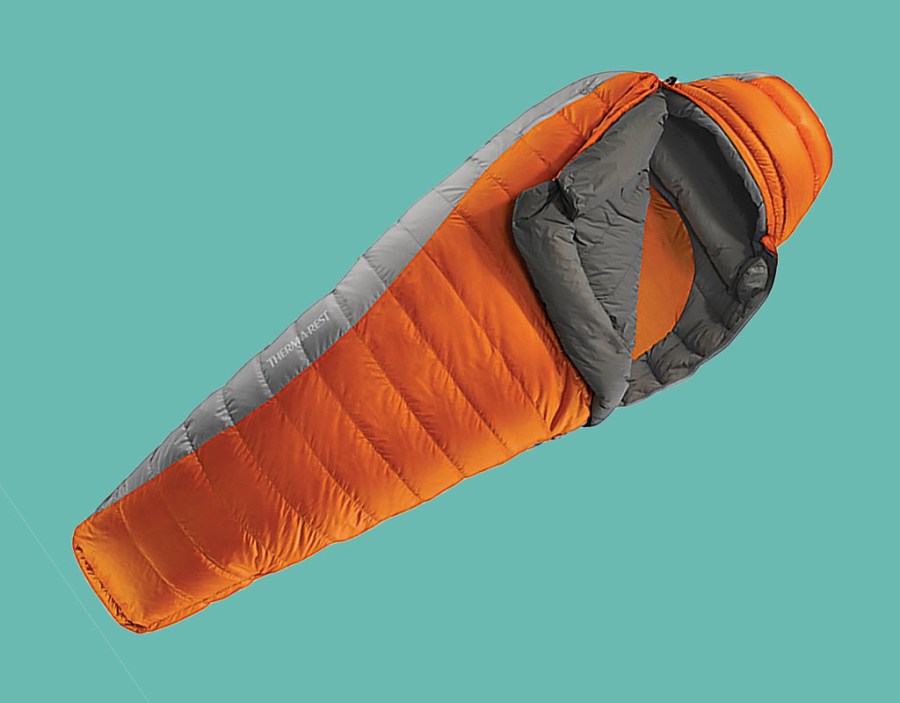The Antares is an unusual sleeping bag as it doesn’t have a filled base, just a thin shell and two wide elastic straps for holding a sleeping mat in place. When the first bags like this appeared several years ago I found them restrictive, with gaps at the side that let in cold air so I wasn’t impressed. The Antares design solves these problems. The bag has side baffles that curve underneath, cutting out cold spots, and the stretch of the straps holding the mat in place means the bag stays in place when you twist and turn. The bag is roomy too so you can easily turn over in it and sleep on your side. The down fill extends round the head and shoulders and under the foot too so there are no cold spots in these places either. The advantage of this design is that there is more loft and more warmth above you than in a conventional design of similar weight, where some of the fill is flattened under you. With the Antares 70 per cent of the down is above you and 30 per cent on the sides. The disadvantage is that if, like me, you use a sleeping bag as an item of clothing and sit up with it pulled up under your armpits then your back can feel a bit chilly as there’s no insulation there.
The upper of the Antares has box wall insulation but the short sides are stitch-through. I’ve not used the bag in cold enough conditions to notice any cold coming through the stitch-lines but I’d rather have internal walls here too just in case.
I’ve found the Antares comfortable and warm. If you’re happy with the mat-in-the-base design then it’s a good choice for lightweight backpackers as the weight is low and it packs up small.
First published: July 2013








